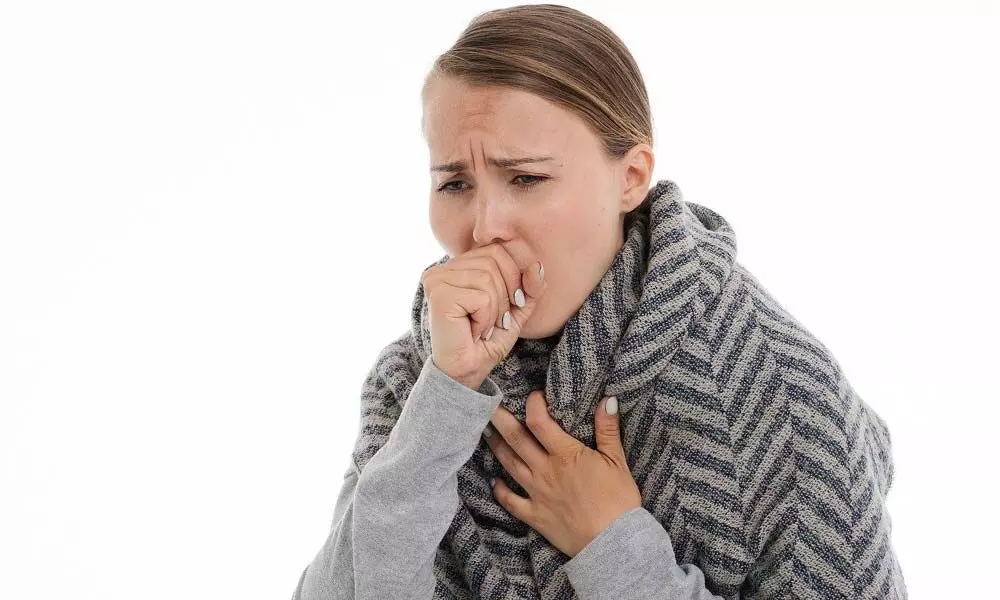Why some respiratory infections persist post treatment
Respiratory infections often persist in the people with lung diseases such as cystic fibrosis despite treatment due to the presence of multiple bugs that reduce the efficacy of antibiotics, reveals a study.
image for illustrative purpose

London: Respiratory infections often persist in the people with lung diseases such as cystic fibrosis despite treatment due to the presence of multiple bugs that reduce the efficacy of antibiotics, reveals a study.
In such cases, where other microbes are present, much higher doses of antibiotics are needed to eliminate a bacterial infection of the airways, according to the findings published in The ISME Journal.
In the study, researchers from the University of Cambridge in London showed that even low levels of one type of microbe in the airways can have a profound effect on the way other microbes respond to antibiotics.
The results highlight the need to consider the interaction between different species of microbe when treating infections with antibiotics -- and to adjust dosage accordingly.
"People with chronic infections often have co-infection with several pathogens, but the problem is we don't take that into account in deciding how much of a particular antibiotic to treat them with," said Thomas O'Brien, who carried out the research for his doctorate in the University of Cambridge's Department of Biochemistry.
"Our results might help explain why, in these people, the antibiotics just don't work as well as they should," O'Brien added.
Chronic bacterial infections such as those in the human airways are very difficult to cure using antibiotics.
Although these types of infection are often associated with a single pathogenic species, the infection site is frequently co-colonised by a number of other microbes, most of which are not usually pathogenic in their own right.
Treatment options usually revolve around targeting the pathogen, and take little account of the cohabiting species. However, these treatments often fail to resolve the infection.
In the study, the team developed a simplified model of the human airways, containing artificial sputum ('phlegm') designed to chemically resemble the real phlegm coughed up during an infection, packed with bacteria.

